Double-Sided Door Panel Edge Profile Cutter Blade
Cat:Cemented Carbide Tips for Woodworking
Welcome to our product showcase featuring the Double-Sided Door Panel Edge Profile Cutter Blade! Designed for precision ...
See DetailsThe machining industry is continually evolving, with various materials and tools being developed to enhance efficiency and precision. Among the more significant advancements are carbide tip cutters and carbide cutting rods. These tools play a crucial role in manufacturing processes, providing durability and performance that surpass traditional cutting tools. This article delves into the machining process of carbide tip cutters and carbide cutting rods, exploring their characteristics, applications, and the methods used in their production.
Understanding Carbide Materials
Carbide, specifically tungsten carbide, is a compound made from tungsten and carbon. This material is known for its hardness and resistance to wear, making it ideal for cutting tools. Carbide tip cutters are designed for specific applications where precision cutting is required, while carbide cutting rods are versatile tools used in various machining processes. Both products benefit from the inherent properties of carbide, enabling them to perform effectively in demanding environments.
Machining Processes for Carbide Tip Cutters
The manufacturing of carbide tip cutters involves several key machining processes, each designed to shape and finish the tool accurately. The primary processes include:
1. CNC Machining: Computer Numerical Control (CNC) machining is integral to producing carbide tip cutters. This process utilizes computerized controls to guide cutting tools, ensuring high precision in shaping the cutter tips. CNC machines can perform multiple operations, such as milling and drilling, allowing for intricate designs that meet specific application requirements.
2. Grinding: After the initial shaping, grinding is essential for achieving the desired finish and dimensions of carbide tip cutters. Grinding removes any excess material and sharpens the edges of the tips. The use of diamond grinding wheels is common, as diamonds are one of the few materials hard enough to grind carbide effectively.
3. Sintering: Sintering is a critical step in the production of carbide tools. The carbide powder is compacted and heated to a temperature below its melting point, causing the particles to bond together. This process enhances the density and strength of the carbide, resulting in a tool that can withstand high levels of stress during cutting operations.
4. Coating: Many carbide tip cutters undergo a coating process to improve their performance further. Coatings such as titanium nitride (TiN) or aluminum oxide (Al2O3) are applied to reduce friction, increase wear resistance, and improve the overall lifespan of the cutter. The coating process can involve physical vapor deposition (PVD) or chemical vapor deposition (CVD) techniques.
Machining Processes for Carbide Cutting Rods
Carbide cutting rods also undergo a series of machining processes, which may differ slightly from those used for tip cutters. The key processes include:
1. Extrusion: For producing carbide cutting rods, extrusion is a common method. Carbide powder is mixed with a binder material and forced through a die to create a long, continuous shape. This process allows for uniformity in the diameter and length of the rods.
2. Debinding: After extrusion, the rods must undergo debinding to remove the binder material. This process typically involves heating the rods to a specific temperature, which evaporates the binder while retaining the shape of the carbide.
3. Sintering: Similar to carbide tip cutters, the sintering process is essential for carbide cutting rods. The rods are heated in a controlled environment to allow the carbide particles to fuse, resulting in a solid and dense structure.
4. Surface Treatment: Finally, surface treatments such as polishing or coating may be applied to carbide cutting rods to enhance their performance. Polishing removes any surface imitations, while coatings can improve wear resistance and reduce friction during cutting operations.
Applications of Carbide Tools
Carbide tip cutters and carbide cutting rods find applications across various industries, including automotive, aerospace, and manufacturing. Carbide tip cutters are often used in milling, drilling, and turning operations, where precise cuts are essential. On the other hand, carbide cutting rods are versatile and can be utilized in manufacturing processes such as grinding, shaping, and even in the production of other tools.
The machining processes for carbide tip cutters and carbide cutting rods are integral to the manufacturing industry, enabling the production of high-performance cutting tools that meet diverse application needs. By leveraging advanced machining techniques such as CNC machining, grinding, extrusion, and sintering, manufacturers can create carbide tools that offer enhanced durability and precision. As the industry continues to evolve, the importance of these carbide products remains evident, driving innovation and efficiency in machining operations.
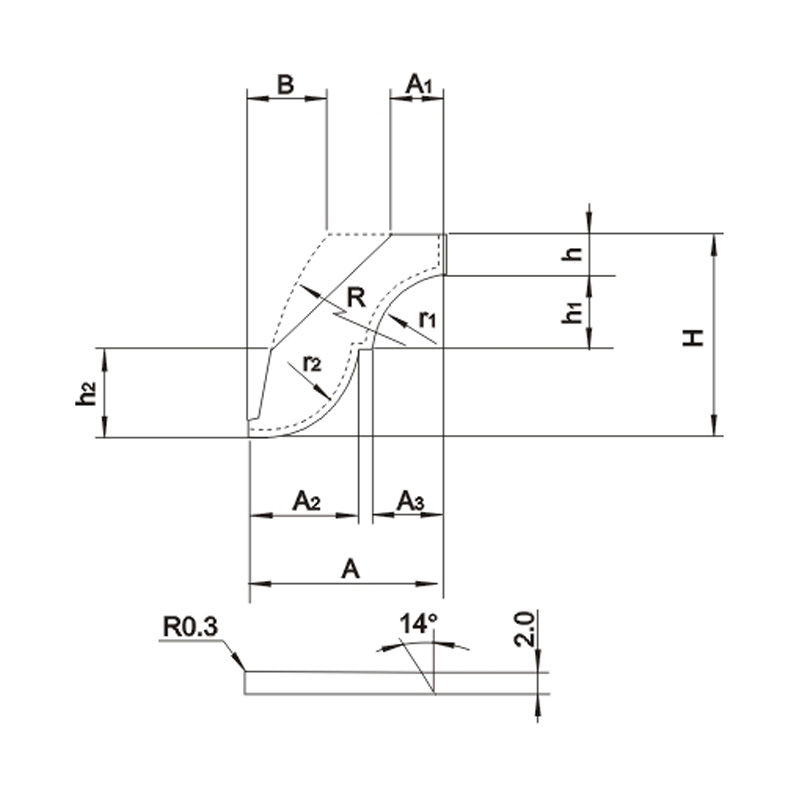
Welcome to our product showcase featuring the Double-Sided Door Panel Edge Profile Cutter Blade! Designed for precision ...
See Details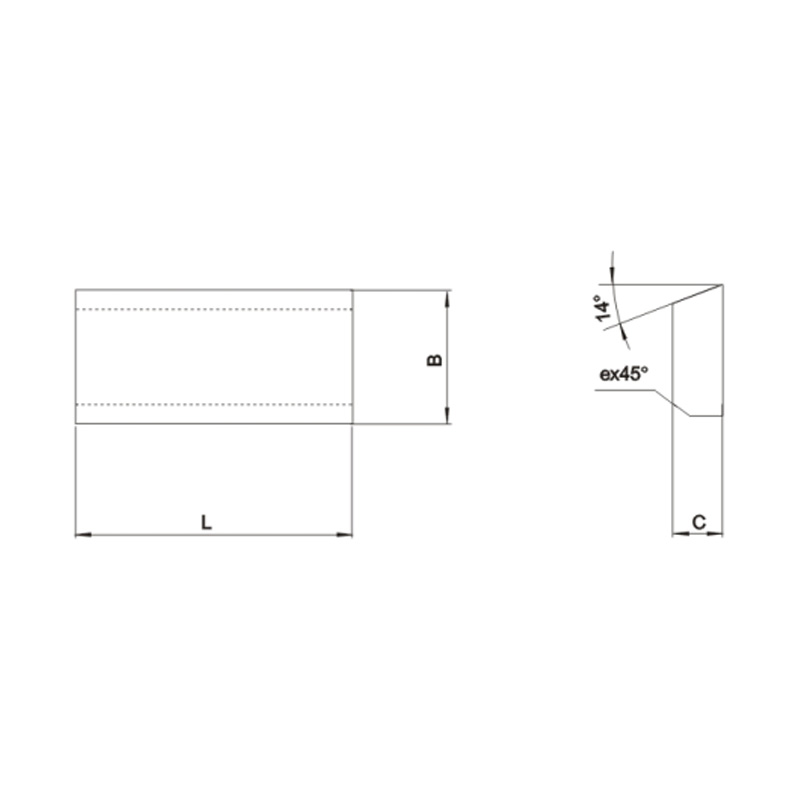
Welcome to our product page featuring the versatile A1 Type for cylindrical turning tool, boring cutter, and facing tool...
See Details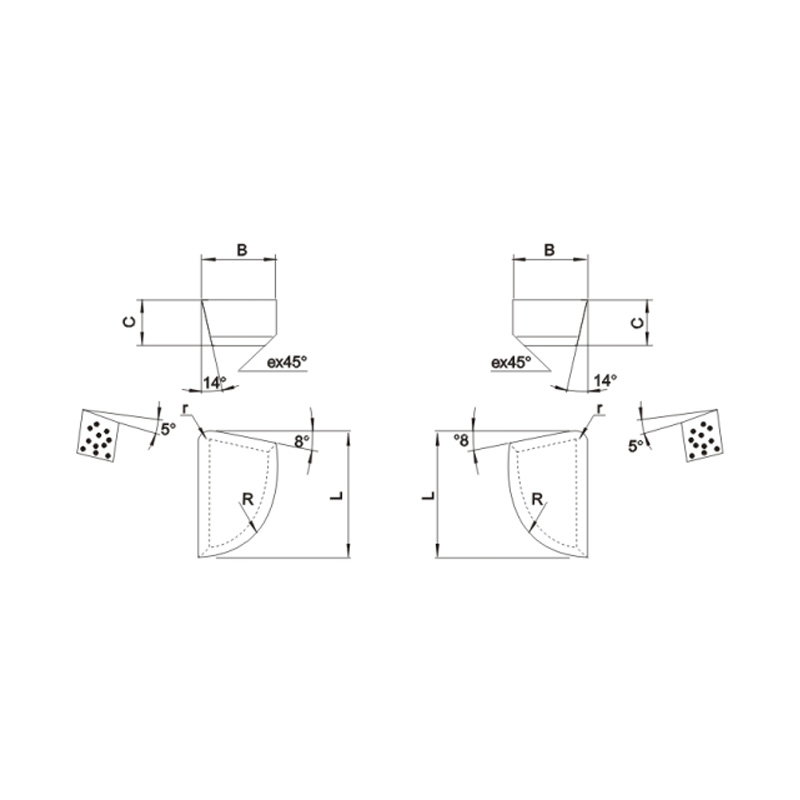
Welcome to our product page showcasing the A3 Type for facing tool and cylindrical turning tool! Designed for precision ...
See Details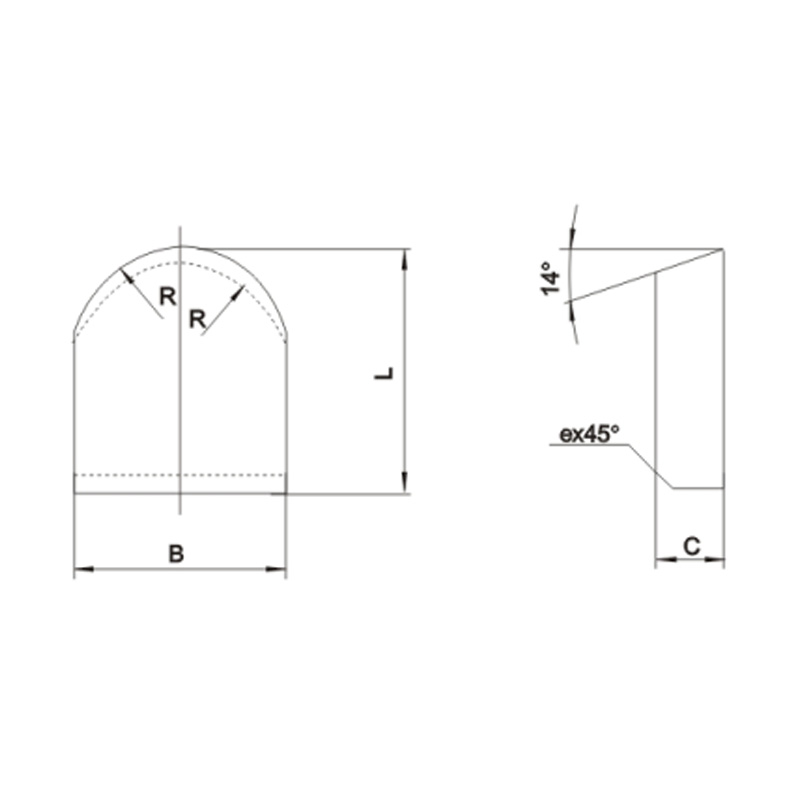
Welcome to our product page featuring the B2 Type for concave circular arc shaping turning tool and flange turning tool!...
See Details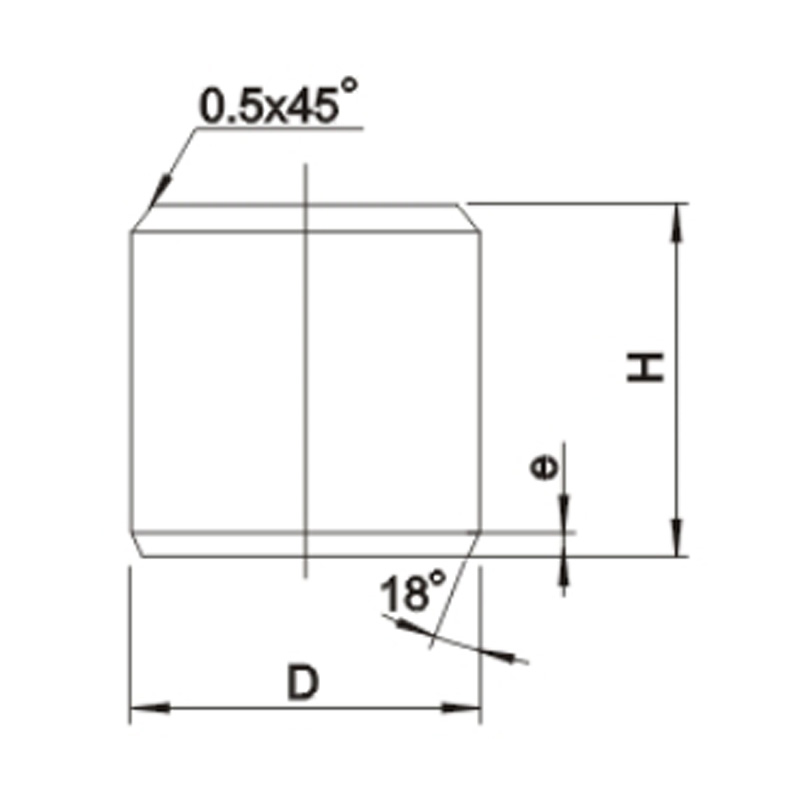
Carbide Inserts DP Type, also known as P type flat-top tooth inserts, are cutting-edge tools designed to deliver excepti...
See Details
Contact Us